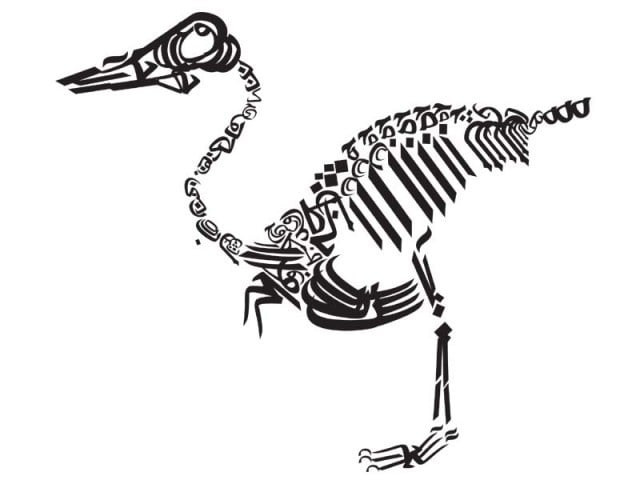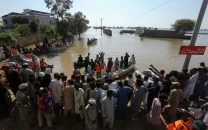As world celebrates diversity, Pakistan dishonours it
Intellectuals mourn lack of tolerance and understanding.

While Pakistan crumbles bit-by-bit under the burden of sectarian violence and blatant disregard for minorities, the rest of the world celebrates the World Day for Cultural Diversity.
The celebration goes back to 2001, when UNESCO adopted the Universal Declaration on Cultural Diversity. The following year, a UN General Assembly resolution declared May 21 to be the World Day for Cultural Diversity and Dialogue and Development.
The World Day for Cultural Diversity and Development has yet to be ratified by the Pakistani Government. Although UNESCO has been working for ratifying the convention for safeguarding intangible cultural heritage, there is no denying that much has to be done to promote tolerance for cultural diversity by the government and private institutions.
The 2012 campaign, by encouraging people and organisations from around the world to take concrete action to support diversity, aims to raise awareness worldwide about the importance of intercultural dialogue, diversity and inclusion, to build a world community of individuals committed to support diversity, and to combat polarisation and stereotypes to improve understanding and cooperation among people from different cultures.
Pakistan, being home to some of the great civilisations would be expected to be a hub of cultural tolerance and dialogue. Unfortunately, while each province boasts rich ethnic heritage, the mesh of colours and cultures into one proud statement still seems eons away.
As poet and author Harris Khalique aptly states, “What food and water are to the human body, personal dignity and cultural identity are to the soul. Pakistan has not done enough to appreciate, promote or cherish its cultural and linguistic diversity. Our local cultures are hybrid offshoots of the Indo-Gangetic, Central Asian and Indo-Persian civilisations. This makes us akin to a fragrant bouquet of flowers. We must celebrate that.”
Cultural diversity and its meaning vary according to personal perceptions. While the popular and soft belief is that a variety of traditions and ethnic entities come together to create cultural diversity; there are some that take the more hard line approach. Intellectual and writer Ashfaq Saleem Mirza is among those that connect diversity with economics. “Cultural diversity is actually economic disparity; take the example of Europe during the 18th and 19th centuries, when nation states were being created, the various cultures merged into each other as a result of economic development.”
Coming closer to home, Mirza points out that economic disparity creates unwanted diversity, citing the example of people from the Thar desert. “These people use different tools and have different working systems from the rest of Pakistan because of economic disparity. It is tradition for the women to walk miles to fetch water, but if a tap was provided, that ‘cultural tradition’ would end and they would manage the routine just like everyone else in the country who has access to a tap,” states Mirza. Hence the more developed the nation, the less diversity there will probably be.
Cultural diversity may or may not have economics roots, but the effect diversity has on the arts is unmistakable. Just looking at different styles of craft across the country is sufficient enough, as peace activist and art curator Nageen Hayat points out. “When you look at diversity in Pakistan, there are vast differences in various areas, but what we lack is a proper structure to support the provinces. It’s very important to interact and work together.”
When asked how a country can pursue tolerance for cultural diversity, Khalid Javaid, the director of Lok Virsa, which works year-round to educate people about local cultures, said, “Cultural Diversity can be used to our advantage, but what we need to understand is that the sum of all these cultures becomes a Pakistani culture. There is no lack of diversity...in the northern areas alone, 50 indigenous languages are spoken. It’s not enough to have a cultural museum in the capital city; exhibitions and cultural museums should exist at all district levels where people can come together regularly to exhibit and learn. Antiquity of our ancient culture and its continuity is the key”.
Published in The Express Tribune, May 21st, 2012.



















COMMENTS
Comments are moderated and generally will be posted if they are on-topic and not abusive.
For more information, please see our Comments FAQ